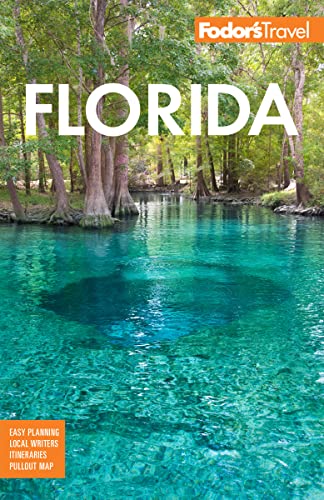Through the early 1960s, the world's largest cypress-logging operation prospered in Big Cypress Swamp until nearly all the trees were cut down. With the downfall of the industry, government entities began buying parcels of land, and now more than 729,000 acres of the swamp are included in this national preserve. Big refers to the swamp, which juts into the north edge of Everglades National Park like a puzzle piece. Its size and location make Big Cypress an important link in the region's hydrological system, where rainwater flows through the preserve, then south into the park, and eventually into Florida Bay. Its pattern of wet prairies, ponds, marshes, sloughs, and strands is a natural wildlife sanctuary, and thanks to a policy of balanced land use—"use without abuse"—the watery wilderness is devoted to recreation as well as to research and preservation. Bald cypress trees that may look dead are actually dormant, with green needles springing to life in the spring. The preserve allows—in limited areas—hiking, hunting, and off-road vehicles (airboat, swamp buggy, four-wheel drive) by permit. Compared with Everglades National Park, the preserve is less developed and hosts fewer visitors, and that makes it ideal for naturalists, birders, and hikers.
Several scenic drives branch out from Tamiami Trail; a few lead to camping areas and roadside picnic spots. Aside from the Oasis Visitor Center, a popular springboard for viewing alligators, the newer Big Cypress Swamp Welcome Center features a platform for watching manatees. Both centers, along Tamiami Trail between Miami and Naples, feature a 25-minute film on Big Cypress.






